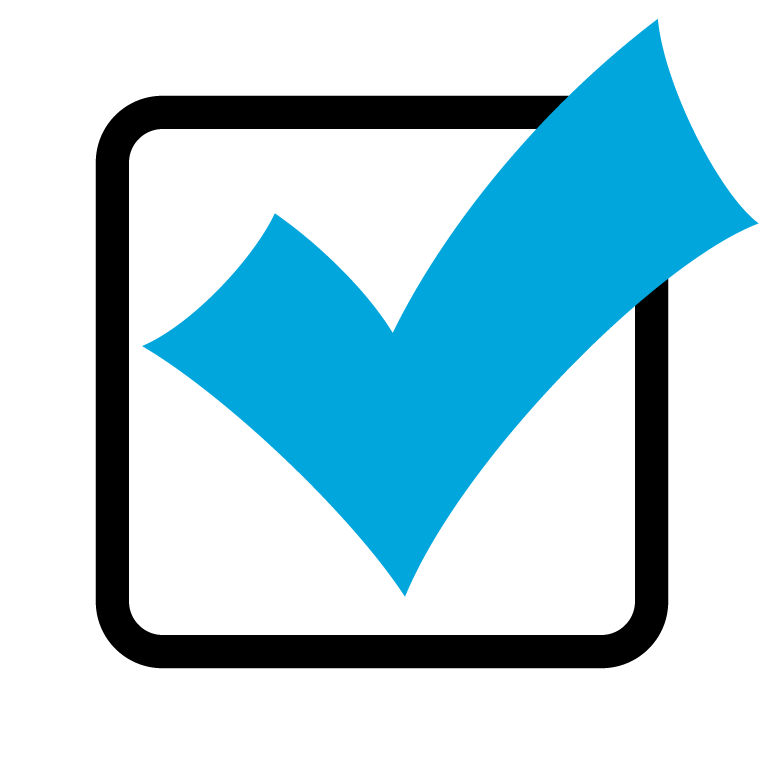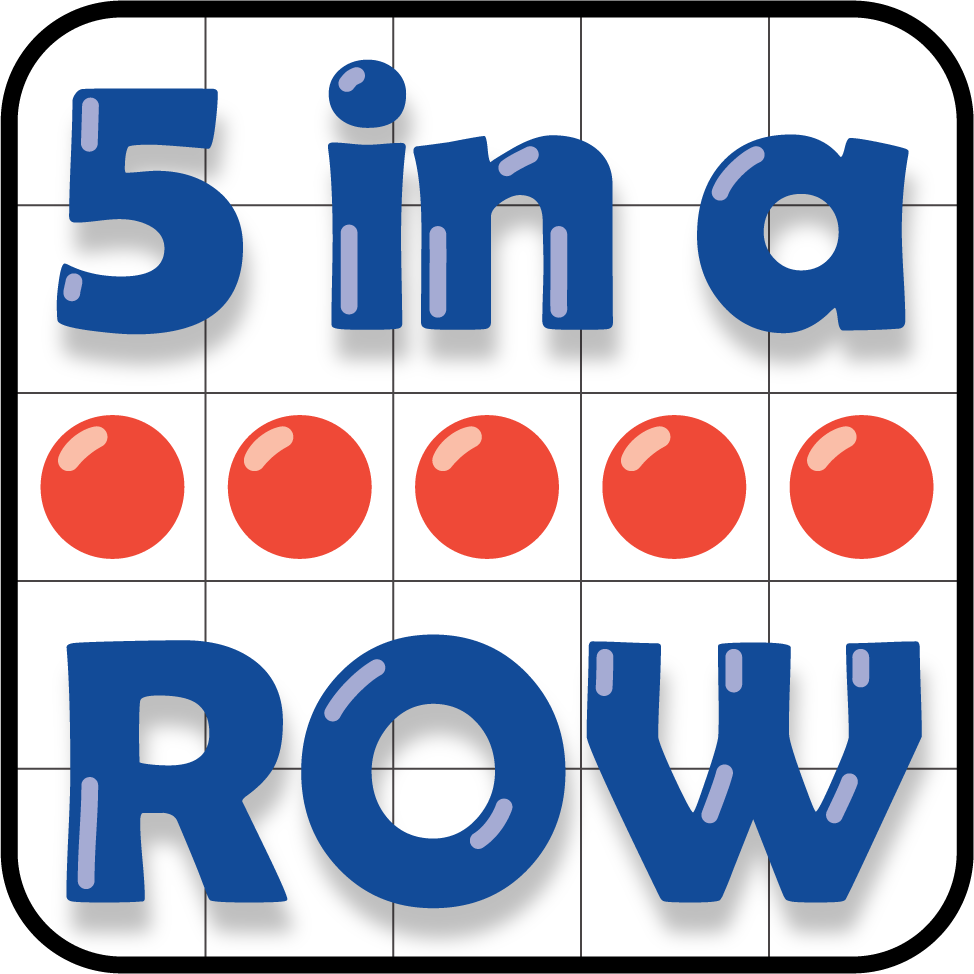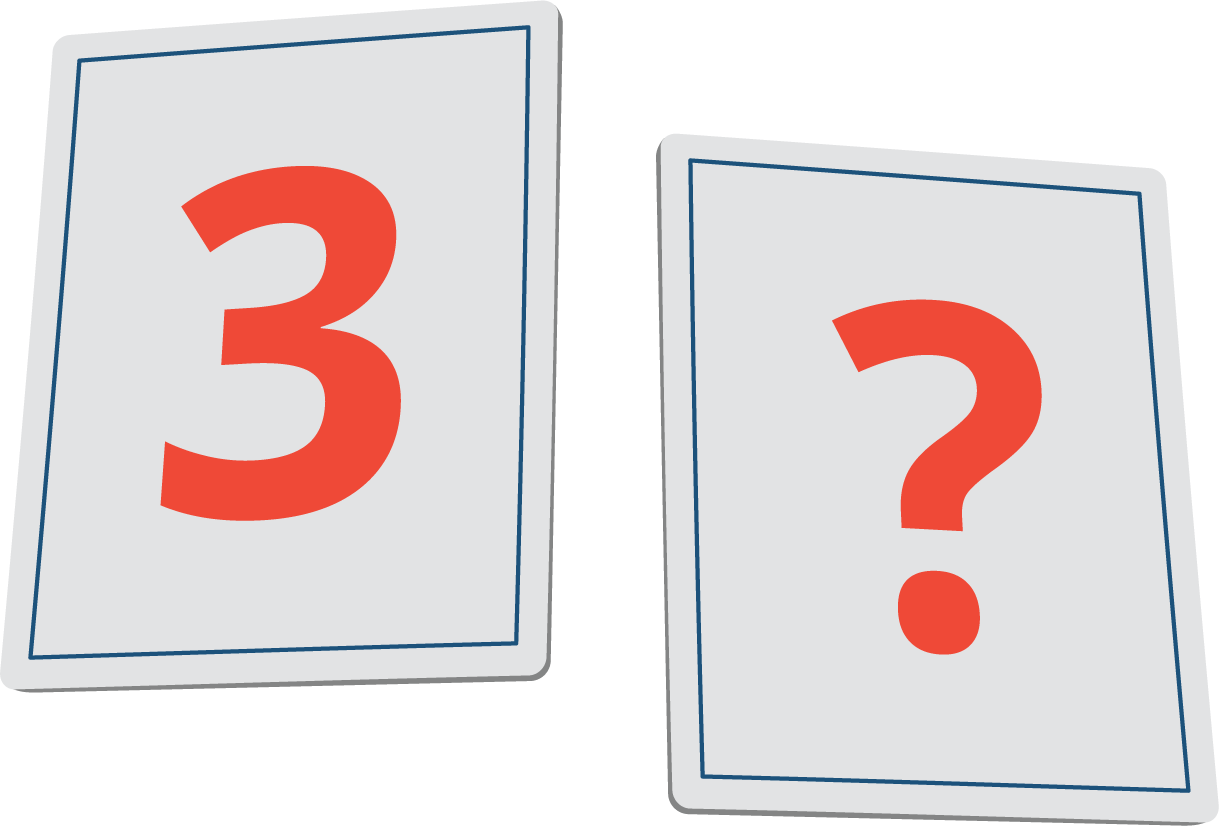Lesson 7
Sort Math Tools
Warm-up: Notice and Wonder: Math Tools (10 minutes)
Narrative
Launch
- Groups of 2
- Display the image.
- “What do you notice? What do you wonder?”
- 1 minute: quiet think time
Activity
- “Discuss your thinking with your partner.”
- 1 minute: partner discussion
- Share and record responses.
Student Facing
What do you notice?
What do you wonder?

Student Response
For access, consult one of our IM Certified Partners.
Activity Synthesis
- “How are the shapes alike? How are they different?” (The counters are round. The hexagon is made of two shapes.)
Activity 1: Sort Objects (10 minutes)
Narrative
The purpose of this activity is for students to sort math tools, name the groups they used to sort, and tell the number of objects in each group. Students identify attributes of the objects and sort them into two or more groups. Students may choose to use one of the blackline masters to organize as they sort. When students share how they sorted with their partner, they use their own mathematical vocabulary and listen to and understand their partner's thinking (MP3, MP6). Students may describe the objects’ attributes by referring to shape names, number of sides, color, or other attributes. Encourage students to tell how many tools are in each category. During the synthesis, students are introduced to the term category. They discuss different categories that were used to sort the math tools.
Students leave their objects as they sorted them at the end of the activity for the gallery walk in Activity 2.
This activity uses MLR2 Collect and Display. Advances: Conversing, Reading, Writing.
Required Materials
Materials to Gather
Materials to Copy
- Two-Column Table
- Three-Column Table
Required Preparation
- Each group of 2 needs a bag of math tools (with a small handful of inch tiles, pattern blocks, and two-color counters).
Launch
- Groups of 2
- Give each group a bag of math tools and access to the blackline masters.
Activity
- “Sort your math tools. Use the tables if they are helpful.”
- 4 minutes: partner work time
- “Explain to another group how you sorted your tools. Make sure to tell them the groups you used and how many objects are in each group.”
- 3 minutes: small group discussion
MLR2 Collect and Display
- Circulate, listen for, and collect the language students use to describe how they sorted. Listen for categories, the number of shapes in each category, and math tool names.
- Record students’ words and phrases on a poster titled “Words to describe how we sorted” and update throughout the lesson.
Student Response
For access, consult one of our IM Certified Partners.
Advancing Student Thinking
- “How did you choose to sort the objects?”
- Invite students to look at two objects and think of something they have in common. Ask, “How could you sort the objects using that as one of your categories?”
Activity Synthesis
- Display the poster.
- “Are there any words or phrases that are important to include on our display?” Use this discussion to update the display, by adding (or removing) language, diagrams, or annotations.
- Remind students to borrow language from the display as needed in the next activity.
- “The label that tells how objects in a group are alike is called a category. One category I saw today was shapes with straight sides. Another category I saw was shapes that have four sides. We will continue to sort into categories.”
Activity 2: How Did They Sort? (15 minutes)
Narrative
The purpose of this activity is for students to use their own language and the language generated by the class in the last activity to describe how objects were sorted and tell how many objects are in each category. Students walk around the room and look at how other students sorted their objects. Consider using a signal to let students know when it is time to rotate.
Supports accessibility for: Memory, Attention
Required Materials
Materials to Gather
Required Preparation
- The math tool sorts from the previous activity are needed for this gallery walk.
Launch
- Groups of 2
- “Now you’re going to walk around to other tables to look at how other students sorted their tools. For each group’s work, talk to your partner about how they sorted the math tools and how many objects are in each category.”
- Students move so they are looking at another group’s work.
- “Look at the objects on your own. How did they sort the math tools? How many objects are in each category? When you are ready to share your thinking with your partner, put your thumb up.”
- 30 seconds: quiet think time
- “Take turns sharing your thinking with your partner.”
- 1 minute: partner discussion
Activity
- “Move to the next group’s work. Talk to your partner about how they sorted and how many tools are in each category.”
- Repeat as time allows.
- 8 minutes: partner discussion time
Student Response
For access, consult one of our IM Certified Partners.
Activity Synthesis
- “What are some different ways you saw the math tools sorted?”
Activity 3: Centers: Choice Time (15 minutes)
Narrative
- Counting Collections
- Number Race
- Check it Off
- Five in a Row: Addition and Subtraction
- Find the Pair
Required Materials
Materials to Gather
Required Preparation
- Gather materials from previous centers:
- Counting Collections, Stage 1
- Number Race, Stage 3
- Check it Off, Stages 1 and 2
- Five in a Row: Addition and Subtraction, Stages 1 and 2
- Find the Pair, Stage 2
Launch
- Groups of 2
- “Now you are going to choose from centers we have already learned.”
- Display the center choices in the student book.
- “Think about what you would like to do first.”
- 30 seconds: quiet think time
Activity
- Invite students to work at the center of their choice.
- 10 minutes: center work time
Student Facing
Choose a center.
Counting Collections

Number Race

Check it Off

Five in a Row: Addition and Subtraction

Find the Pair

Activity Synthesis
- “How was the center activity you chose helpful for you today?”
Lesson Synthesis
Lesson Synthesis
Refer back to the poster with the language students used during the activities.
“Today we sorted objects and described how we sorted. Let’s look at the words collected today during your discussions. Are there any words or phrases that are important to include on our display?”
Cool-down: Unit 1, Section B Checkpoint (0 minutes)
Cool-Down
For access, consult one of our IM Certified Partners.